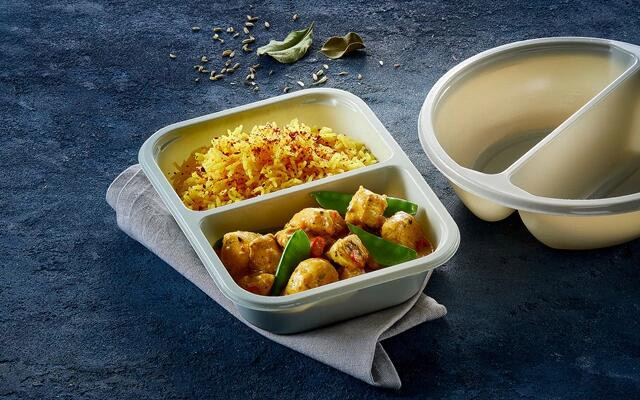Are portion cups microwave-safe and freezer-safe? How do they perform under various temperature conditions?
Portion cups typically come in different materials, such as plastic or paper, each with its own microwave and freezer compatibility. Here are some general guidelines:
Microwave-Safe: Portion cups labeled as microwave-safe undergo rigorous testing to ensure they can withstand microwave radiation without compromising food safety or structural integrity. These cups are typically made from materials like polypropylene (PP) or polyethylene (PE), chosen for their ability to resist heat. PP, for instance, has a high melting point and can handle temperatures up to 220°C (428°F), while PE is known for its flexibility and resistance to cracking. This microwave-safe designation provides users with the confidence to heat or reheat food directly in the portion cup, saving time and reducing the need for additional dishes.
Freezer-Safe: Freezer-safe portion cups are engineered to withstand the extreme cold temperatures of freezer storage without becoming brittle or cracking. These cups are typically crafted from materials such as polyethylene terephthalate (PET) or high-density polyethylene (HDPE), which offer excellent impact resistance and durability at low temperatures. PET, commonly used for beverage bottles, maintains its flexibility even in freezing conditions, while HDPE's robust structure ensures the cup remains intact during freezing and thawing cycles. By choosing freezer-safe portion cups, users can confidently store soups, sauces, or pre-prepared meals in the freezer without worrying about the cups cracking or shattering. This feature enhances convenience, allowing for easy meal prep and storage, especially in commercial foodservice operations or busy households.
Performance: The performance of microwave and freezer-safe portion cups is a testament to their quality and engineering. These cups are designed to maintain their shape, integrity, and functionality under a wide range of temperature conditions, ensuring they remain reliable tools for food storage, heating, and serving. Whether heating up leftovers in the microwave or freezing portions of homemade soup for later use, users can trust that these cups will deliver consistent performance without compromising food safety or quality. We conduct extensive testing to verify the performance of their portion cups, considering factors such as material composition, design features, and compatibility with various foods and storage conditions. This commitment to performance excellence instills confidence in users, enabling them to rely on portion cups for their food storage and serving needs with peace of mind.
Material Considerations: The choice of materials significantly impacts the microwave and freezer compatibility of portion cups. PP and PET are popular choices for microwave-safe portion cups due to their heat resistance and stability. These materials can endure the heat generated by microwaves without deforming or releasing harmful substances into the food. Similarly, HDPE and PET are preferred for freezer-safe portion cups because of their ability to maintain flexibility and integrity at low temperatures. By carefully selecting materials and optimizing cup designs, whether for microwave heating, freezer storage, or both.
User Precautions: While microwave and freezer-safe portion cups offer convenience and versatility, users should follow certain precautions to ensure safe and effective use. When heating food in microwave-safe cups, it's essential to avoid prolonged exposure to high temperatures, as this can cause uneven heating or degradation of the cup material. Users should also be mindful of potential hot spots and handle the cups with care to prevent burns or spills. In the freezer, proper sealing of the cups is crucial to prevent freezer burn and maintain food quality. Users should ensure lids are securely attached and that the cups are stored in an upright position to minimize the risk of leakage or contamination.
Ready meal packaging


Post Comment